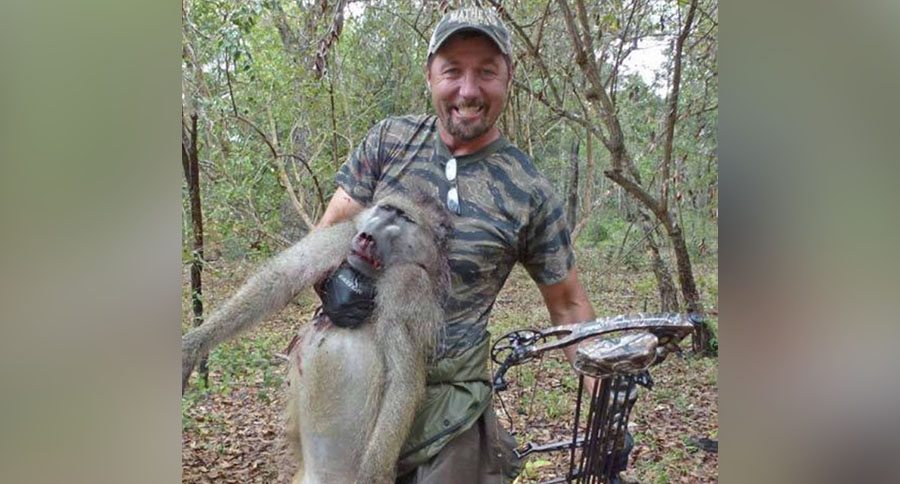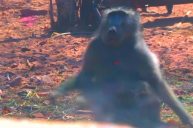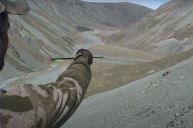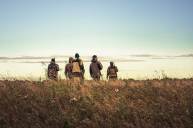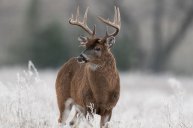Tim Wells defends himself in lengthy Facebook post after anti-hunters use his photo.
About six years ago, Tim Wells hunted large a large male baboon that was terrorizing a local village. Since then, the photo has resurfaced and anti-hunters have been using it to spread negativity about hunting.
Read the lengthy Facebook post Wells posted, describing the full scenario regarding the hunt and photo.
The full text of the post reads as follows:
"I see this old photo is being used by anti hunters. They are hoping to stir controversy and provoke attacks on poor ol me and hunters in general. I also am aware that many of you have stuck your neck out on my behalf. Thank you and believe me, I am aware of who many of you are. So I feel it's appropriate to provide you with a little ammunition or should I say information concerning this photo. Most seasoned hunters will know these facts. Yet please, bare with me because ninety percent of those reading this don't. For one its not a gorilla, it's a Baboon. Baboons are a prolific beast whose numbers are strong and growing in many regions of Africa. They are aggressive and will attack children pets and livestock if left unchecked. With the decline in big cats, they are overpopulating some areas as well, including the remote Mozambique jungle from where I killed this big male. The African hunters and trackers I've shared camp with view Baboons as we often view coyotes. A nuisance and if left unchecked they become detrimental to the environment. Baboons travel in large groups and scatter across the forest during the spring birthing season. The group will kill newborn plains game, tear the stomachs of the young open and then drink the mother's milk. After killing they then leave the infants body to rot. You haven't seen that on Discovery. Baboons can decimate entire herds. They can destroy entire grain fields and in short order. Baboons will invade feed lots and consume mass amounts of food meant for livestock much like our own wild pigs do. More than often they poop in the feed bunks before leaving which ruins the balance of grain. So they are hunted. Even so, they are cunning, elusive and extremely hard to kill with a bow. I was quite proud to have killed this one. Obviously I'm very happy in the photo. It was a good kill. He tasted much like lamb. I was hunting Cape Buffalo but turned my attention to baboons after learning of a troop that had defaced a small boy who was walking a trail with his brother. You can watch it on my YouTube channel. The native boy's family had planned to poison the entire troop, nearly 40 or more animals I'd say. So I asked and they let me hunt them. After I had slocked two big males from the group the troop relocated to a new region of the forest so they never got to poison the troop, at least not while I was there. I try not to fuel the hatred of us hunters, this old photo has and I'm sorry. But I'm not sorry I hunt and kill wild animals. Its my hope that by sharing my love of all hunting, it will be proactive for not only hunting but animals across the world, in every wild place they live. For hunters are the greatest contributors to conservation. More so then all others combined. Hunters maintain balance. We build up populations that need our help and cull others that need controlled. So yes I thrive on chasing prey and yes, I am a killer. However, the role I play as do most hunters is good for wildlife. It's good for Baboons, Butterflies, Bullfrogs and critters around the world."
The big takeaway from this story is the fact the locals would've poisoned 40 baboons. With the help of Wells, he was able to take two large baboons and the troop relocated. It helped the local farmers and tribe and saved 38 other baboons from being poisoned.
